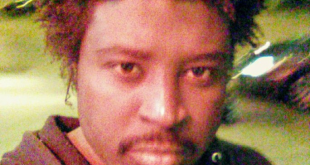Mainstreaming special education students started out as a good idea. But in reality, the practice is not always beneficial. by Mara Tapp October, 2005
When my oldest daughter started in the Chicago Public Schools some 14 years ago, I was thrilled that our school system celebrated diversity by including physically disabled children in regular classrooms.
When I returned to the public schools as a substitute teacher last year, it didn’t take long for me to observe that mainstreaming, which had started out as such a good idea, had become a serious problem, endangering not only special education children but those in regular education as well—producing disastrously unequal and ineffective results.
As I chatted with teachers, administrators and parents, I learned I wasn’t alone in this view. Worse, few people wanted to talk about the issue out of fear of retaliation by a well-organized lobby of special education advocates.
 News Chicago Business, Info & Events
News Chicago Business, Info & Events









